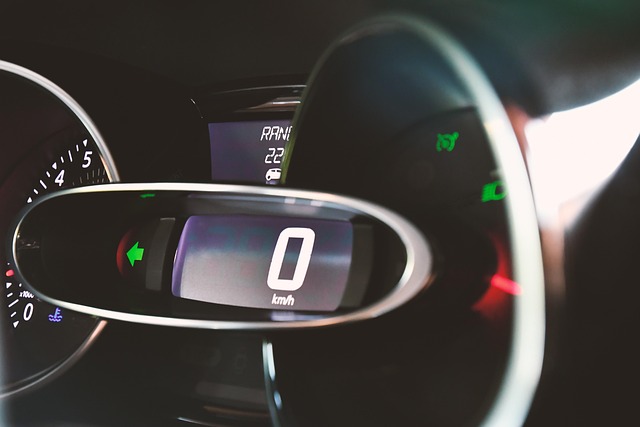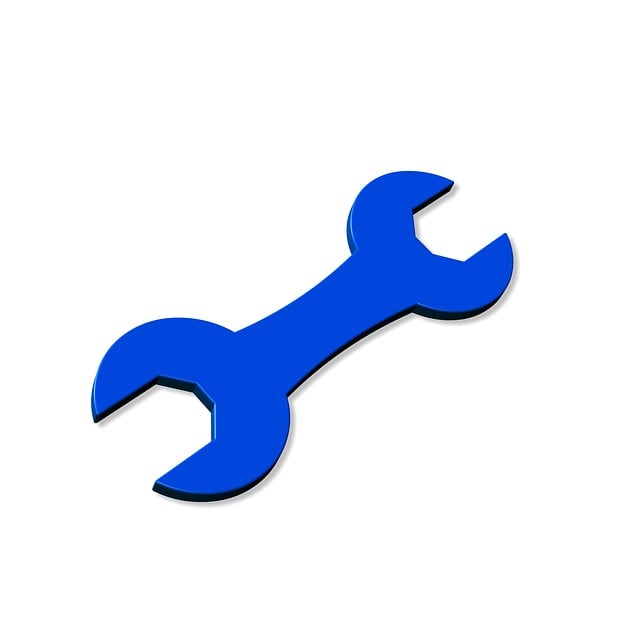In WordPress, effective internal linking is key to boosting user experience and SEO rankings. Automatic internal linking tools analyze content, generate strategic links, save time, and enhance search engine visibility. When choosing a tool, focus on automation efficiency, link performance insights, and adherence to SEO best practices like targeting high-quality content and avoiding excessive interlinking. Proper setup, customization, and compatibility are essential for successful implementation, benefiting e-commerce sites and content publishers with improved user engagement and higher rankings.
“In the realm of WordPress content management, efficient internal linking is key to enhancing user experience and SEO. Many websites struggle with manually linking their extensive libraries of articles and pages. This is where an automatic internal linking tool emerges as a game-changer. Our article guides you through the intricacies of internal linking challenges, highlighting the benefits and features of such tools. We’ll show you how to select the best solution, share real-world success stories, and provide step-by-step guidance for implementation.”
- Understanding the Challenge of Internal Linking in WordPress
- The Benefits of an Automatic Internal Linking Tool
- Key Features to Look for in a WordPress Internal Linking Solution
- How to Choose the Right Automatic Internal Linking Software
- Real-World Applications and Success Stories
- Getting Started: Implementing Your New Internal Linking Strategy
Understanding the Challenge of Internal Linking in WordPress

In the vast landscape of WordPress sites, where content is king, effective internal linking plays a pivotal role in enhancing user experience and boosting search engine optimization (SEO). However, managing this intricate web of links across multiple sites can be a cumbersome task for any administrator. The challenge lies in creating a seamless network that connects relevant pages, improves site navigation, and ultimately drives better rankings. This is where an automatic internal linking tool steps in as a valuable asset.
By leveraging advanced algorithms, these tools automatically analyze existing content, identify potential link opportunities, and generate optimized internal links. Not only does this process save administrators valuable time and effort, but it also ensures that each link carries weight and contributes to the overall SEO strategy. Automatic internal linking optimization is not just a tip; it’s a game-changer for WordPress sites aiming to excel in today’s competitive digital realm.
The Benefits of an Automatic Internal Linking Tool

An automatic internal linking tool is a game-changer for WordPress site owners seeking to optimize their content strategy. This type of software streamlines the process of creating relevant internal links, which are vital for improving user experience and boosting SEO performance. By automating this task, webmasters can save significant time and effort, allowing them to focus on other crucial aspects of website development.
These tools intelligently scan a site’s content, identifying opportunities to interlink relevant pages. This ensures that each post or page is interconnected, fostering a rich network that enhances user navigation and encourages longer browsing sessions. Moreover, automatic internal linking tips and optimization techniques provided by such tools help in achieving better SEO rankings by guiding the search engines’ crawlers through the site’s content hierarchy effectively.
Key Features to Look for in a WordPress Internal Linking Solution

When choosing a WordPress internal linking solution, look for tools that offer powerful and efficient features to streamline your content organization. An ideal automatic internal linking tool should automatically generate links between relevant posts and pages across your sites, saving you significant time and effort. This feature is crucial for maintaining a robust automatic internal linking SEO strategy, as it helps search engines understand the context of your content better, leading to improved site visibility and user engagement.
Additionally, consider solutions that provide insights into link performance and offer tips on how to optimize your automatic internal linking strategy. These automatic internal linking tips can include identifying high-quality content for linking, ensuring a balanced distribution of links, and avoiding excessive inter-site linking, all of which contribute to a more effective content promotion and search engine optimization strategy.
How to Choose the Right Automatic Internal Linking Software

When choosing an automatic internal linking tool for your WordPress sites, consider your specific needs and site architecture first. Not all tools are created equal, so evaluating them based on features like ease of setup, customization options, and compatibility with your existing themes and plugins is crucial. Look for a software that seamlessly integrates with your workflow, whether it’s through a user-friendly interface or an intuitive automatic internal linking tutorial.
Additionally, keep automatic internal linking SEO best practices in mind. Ensure the tool generates relevant backlinks within your content, respects your site’s hierarchy, and avoids overlinking. Read reviews, compare pricing plans, and consider the support offered by each provider to make an informed decision that aligns with your long-term goals. Remember, the right automatic internal linking tips can significantly improve your site’s search engine visibility and user experience.
Real-World Applications and Success Stories

In today’s digital landscape, where content is king, efficient internal linking strategies are essential for any WordPress site aiming to dominate search engine results and provide a seamless user experience. An automatic internal linking tool like our innovative solution has proven to be a game-changer for businesses across various industries. From e-commerce retailers to content-rich publications, these platforms have witnessed significant improvements in their online presence.
For instance, a leading online retailer struggled with manually creating internal links across their vast product catalog. Implementing an automatic internal linking strategy streamlined their content management process, ensuring relevant products and related articles were interconnected. This not only enhanced user engagement but also improved their SEO rankings for targeted keywords. Similarly, a news website utilized our tool to automatically optimize old content, making it more discoverable and relevant to modern readers, resulting in increased traffic and better retention rates. These success stories highlight the power of automated internal linking solutions in creating robust online ecosystems.
Getting Started: Implementing Your New Internal Linking Strategy

Implementing an efficient automatic internal linking tool is the first step towards transforming your WordPress sites’ connectivity. This process involves setting up a strategy that seamlessly integrates relevant content across your network of websites, enhancing user navigation and search engine optimization (SEO) in one go. With the right tool, you can automatically generate links to related posts, pages, or custom categories, ensuring a structured and interlinked digital landscape.
In this automatic internal linking tutorial, you’ll be guided through the initial stages of executing your strategy. It begins with identifying key content pieces and defining the desired linking structure. Many tools offer customizable settings to tailor the process to your specific needs, allowing for fine-tuned automatic internal linking optimization. Once configured, these tools scan your existing content and suggest links based on predefined rules and algorithms, significantly reducing manual effort.
